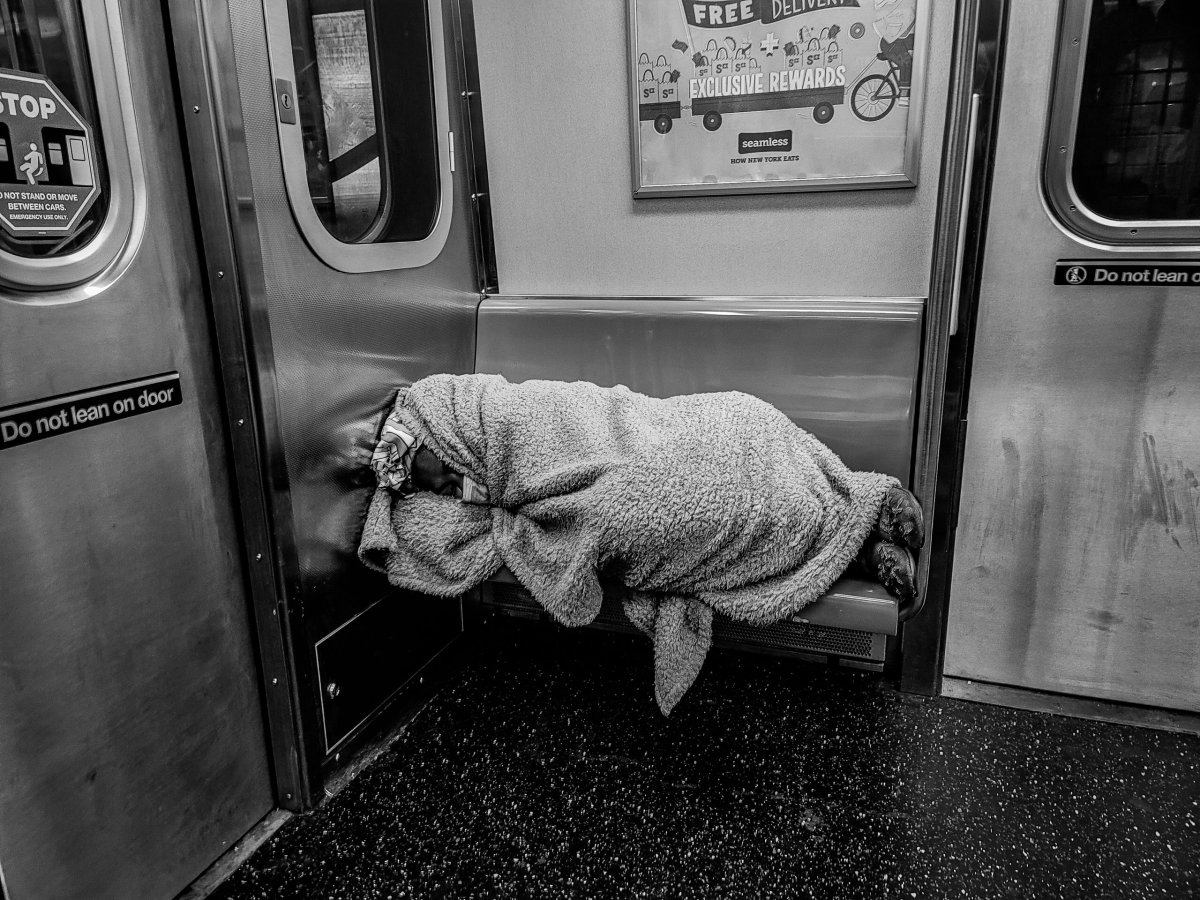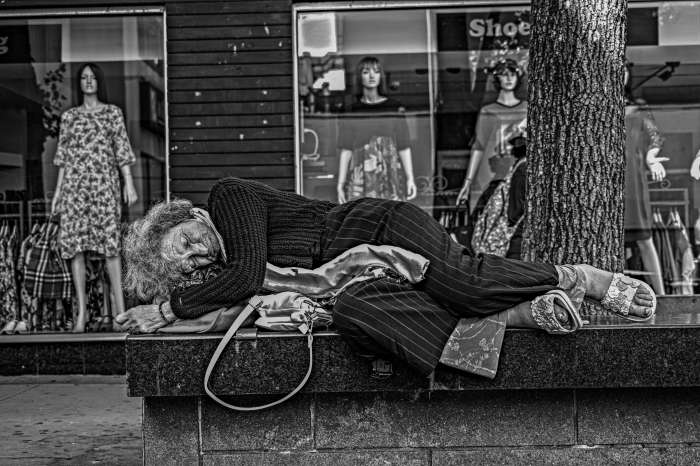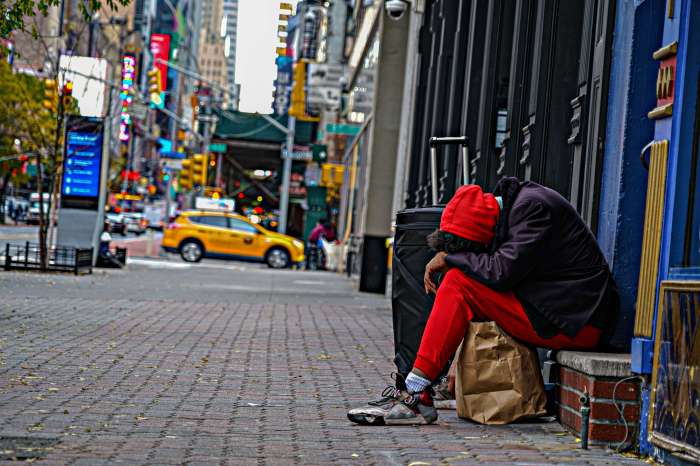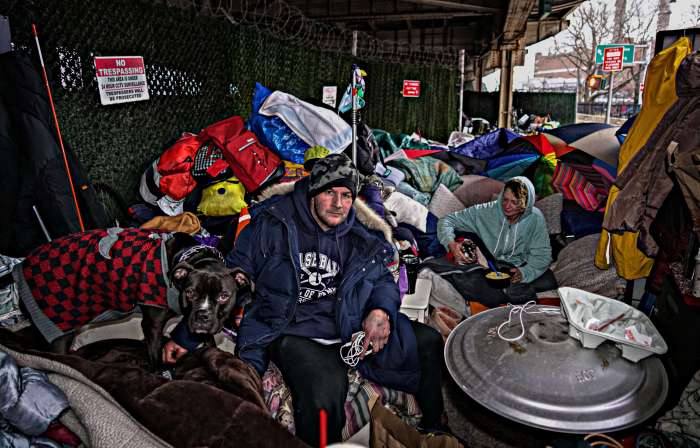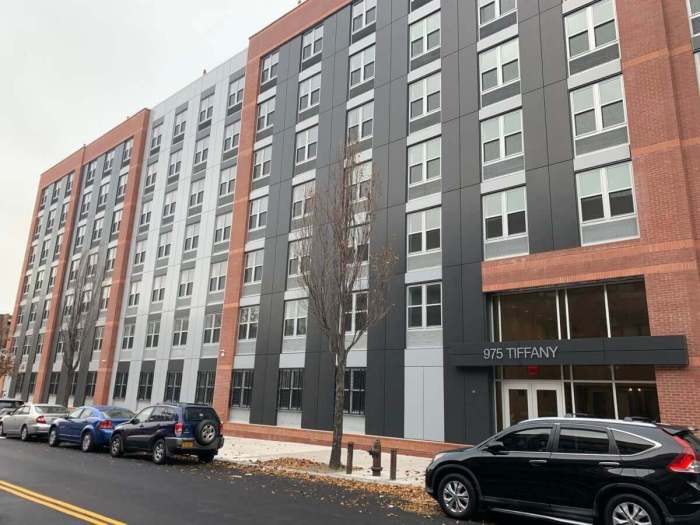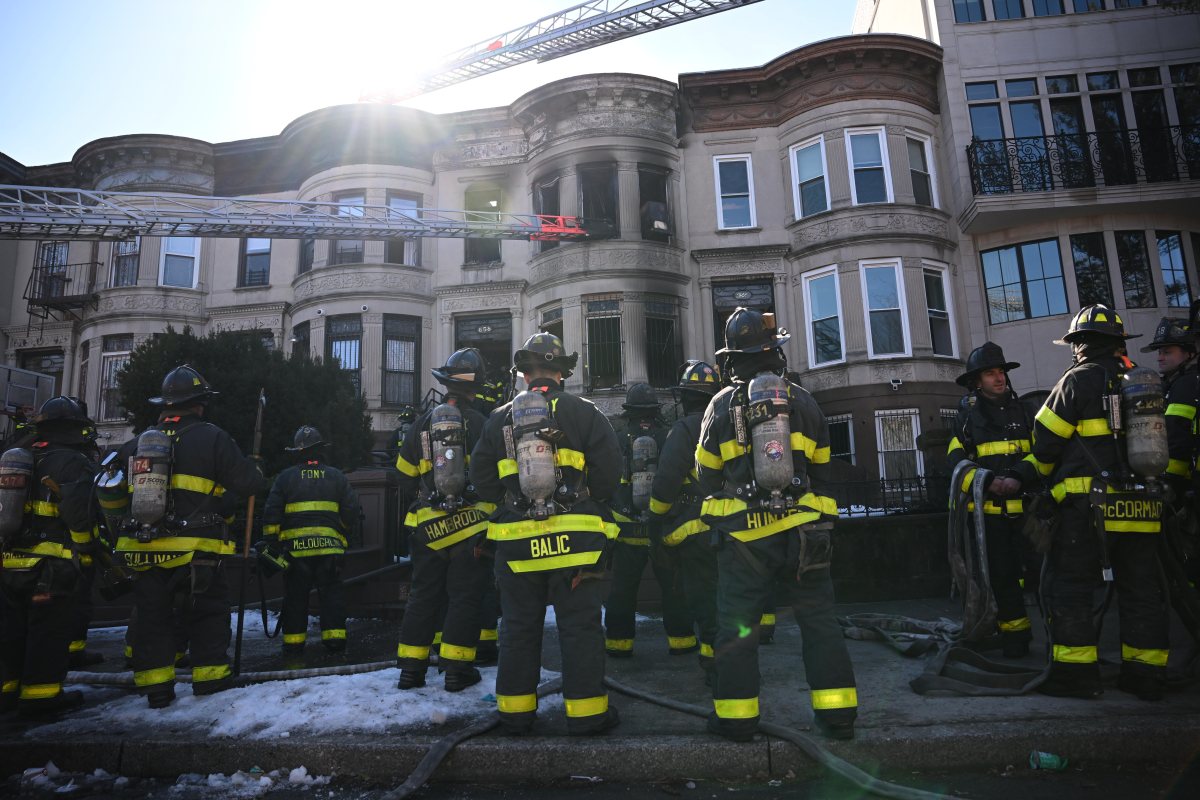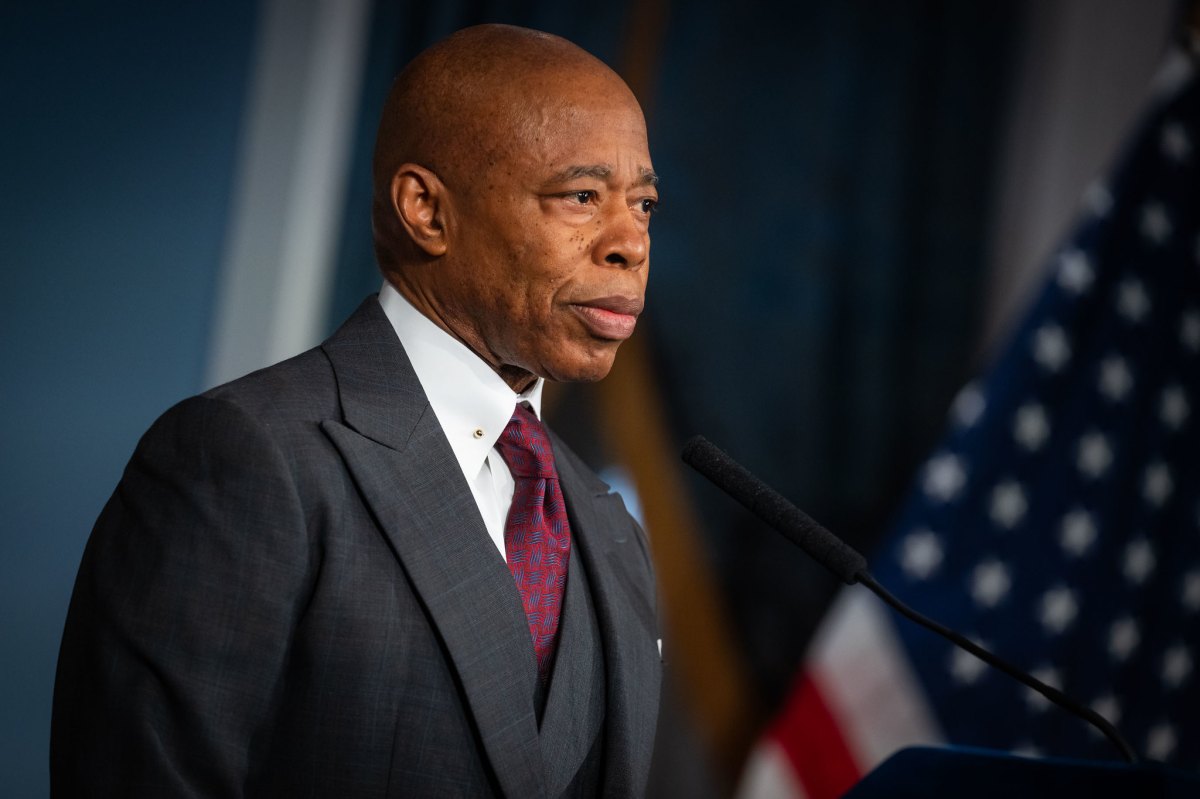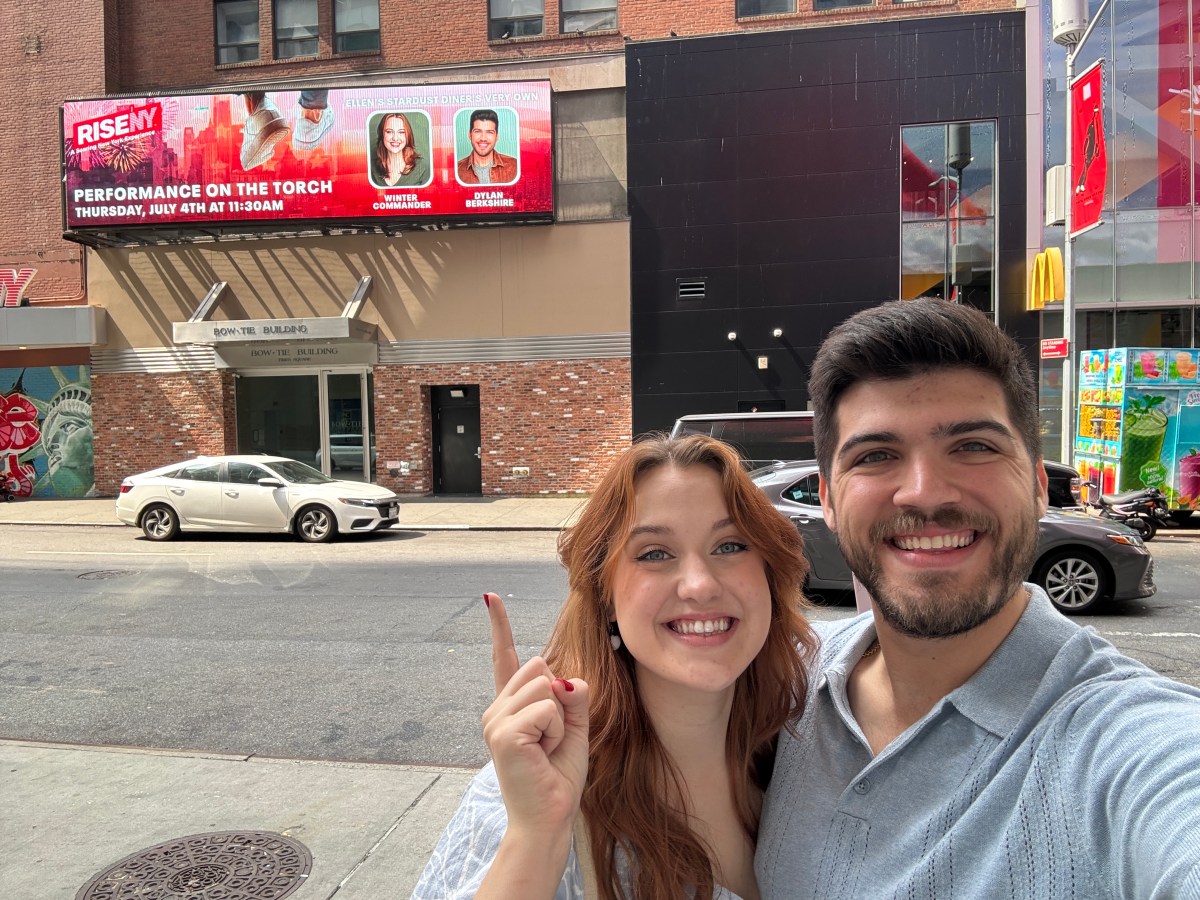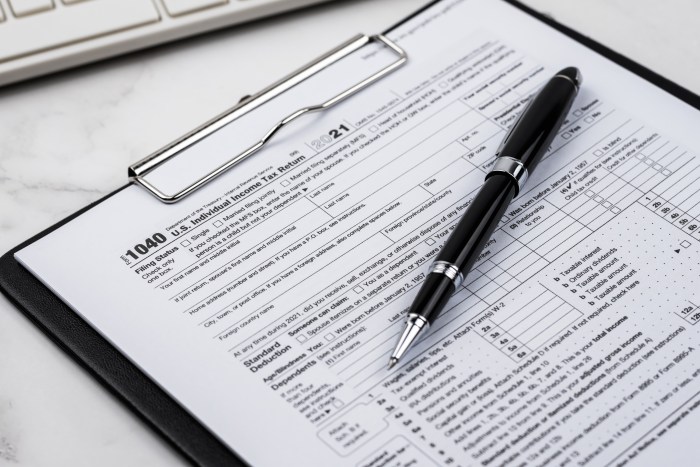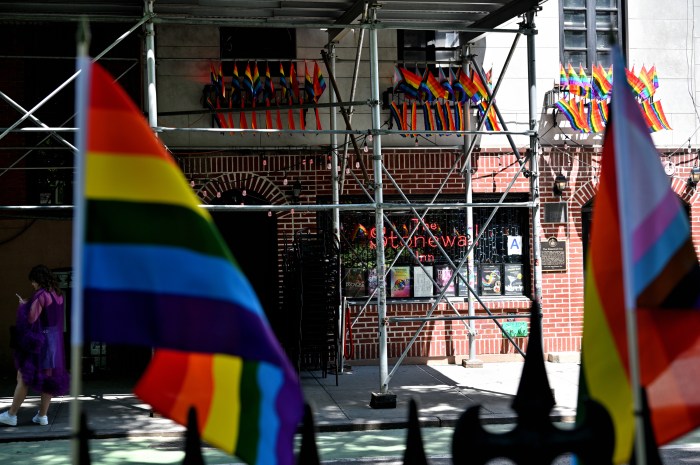Mayor Bill de Blasio unveiled on Thursday the city’s annual Homeless Outreach Population Estimate (HOPE), the results of an overall count of homeless people in New York City taken on a winter’s night.
During his May 20 press briefing, de Blasio pointed to one “encouraging” finding from the 2021 HOPE survey: an estimated 38% decrease in New Yorkers living without shelter compared to 2020.
“This is an important development. It is the one objective measure we have, and it’s showing us that all this outreach is working more and more and all of those shelter beds, those safe haven beds are working,” de Blasio said.
The report also found a 23% decrease of homeless New Yorkers in the subways, and decreases in all the five boroughs.
De Blasio attributes some of the bright points of the report to an increased outreach effort during the COVID-19 pandemic.
New York City Human Resources Administration/Department of Social Services (HRA) Commissioner Steven Banks said the city has tripled the number of outreach staff, from 200 to more than 600, to help with recovery efforts to connect people back to housing.
“I’ve been with our outreach team, city staff, and not-for-profit staff out in the streets and out in the subways and you can see lives changing,” Banks said. “It’s work that requires consistently going back and back and back and helping rebuild trust for people who have fallen through every social safety net. They’re understandably distrustful and that’s where the importance of outreach staff is so critical to really make that breakthrough and transform someone’s life.”
Banks also said the city increased the number of specialized beds from about 600 in 2014 to more than 3,000, including 1,300 hotel beds during the pandemic.
The report comes amid a year in which the city placed houseless New Yorkers in hotels as well as shelters. The city and state also closed the subway system overnight, which many utilize for shelter, and had the NYPD and other city workers remove homeless New Yorkers from the transit system — which advocates have sued over as unfair targeting of the at-risk population.
Banks said about 800 houseless New Yorkers have “come in from the subways and remained off the street.”
While de Blasio emphasizes the need to get homeless people to shelters, many advocates point to a lack of trust in the system due in part to security and safety reasons.
When asked what the city is doing to make the shelters safer so unhoused New Yorkers feel more inclined to go when necessary, de Blasio said there have been a series of moves to address the issues since before the pandemic.
“Also the safe havens, the smaller facilities, unquestionably are regarded by homeless folks as shelter that is safer and they prefer those smaller facilities, that’s why we keep building out more of those,” De Blasio said.
He also mentioned that there has been a “tremendous” effort to ensure COVID-19 healthcare needs are addressed and that COVID positivity in the shelters has remained low.
Banks noted that the city has invested billions in mental health services, repairs to shelters and to nonprofit partners as a result of years of disinvestment in order to improve operations.
He also said it’s important to think of the context, as there are currently 48,492 people in the city’s shelter system down from 56,461 from the previous year.
“The dramatic drop there is largely attributable to the reduction, the numbers of families with children coming into the shelter. The eviction moratorium is helpful but that has accelerated pre-pandemic trends in which we had driven down evictions by 41 percent in the city, and as the mayor said moved out actually more than 165,000 people, connecting them to permanent housing to avoid going into the shelter or move them out.”
However, Banks said that with that overall drop, there is also a “significant increase” in the number of single adults in the shelter system.
“And so single adults are coming into shelter, not just to the save haven and stabilization beds — the low-barrier beds, to help bring people in from the streets — but people who lost their housing for other reasons, are coming in in record numbers to the Department of Homeless Services single adult shelters,” Banks said. “That is an illustration of the challenges of housing affordability in the city, but I think it’s also a recognition of the improvements that we’ve made in the shelter system with our non for profit partners who have done a tremendous job in improving safety in those shelters.”



